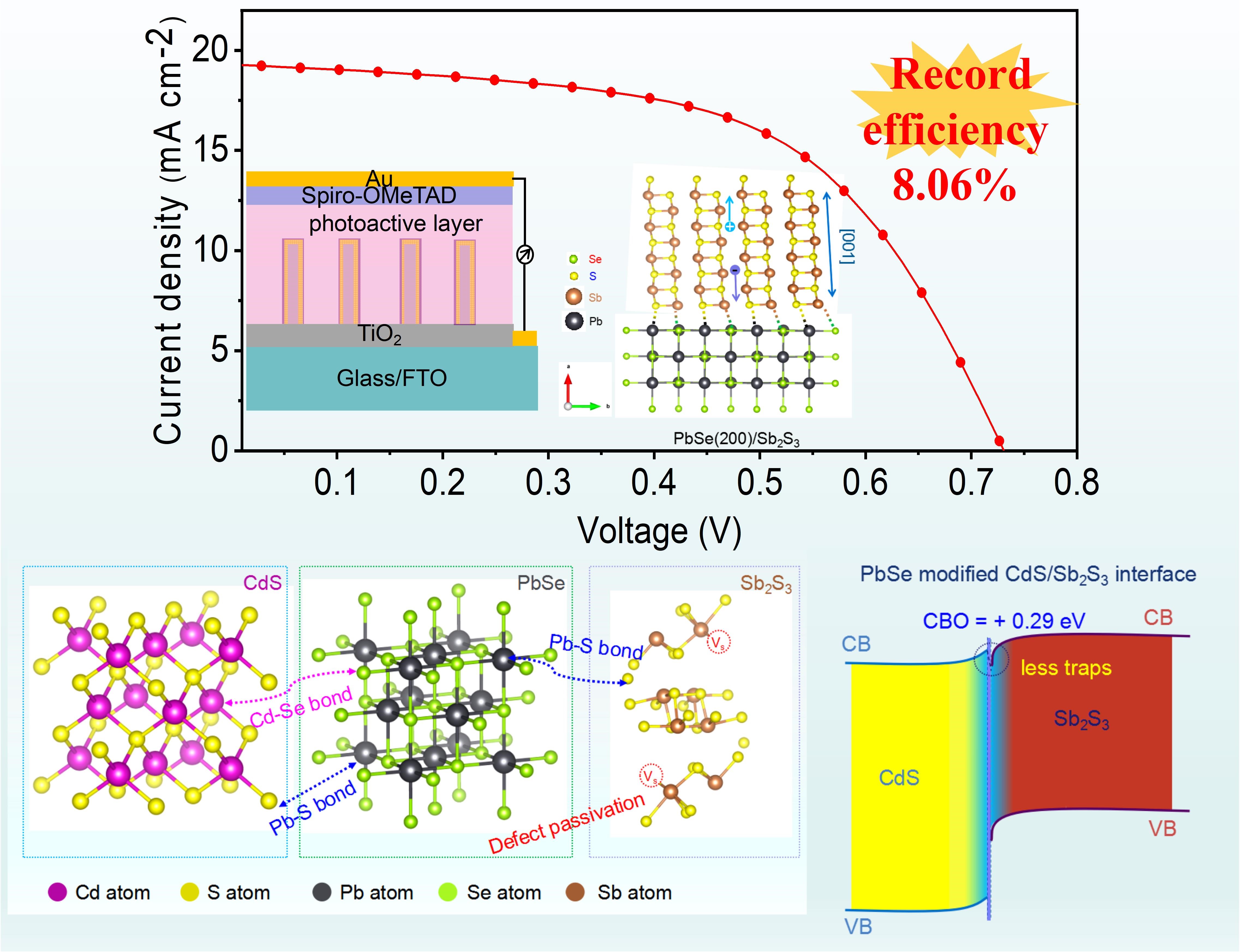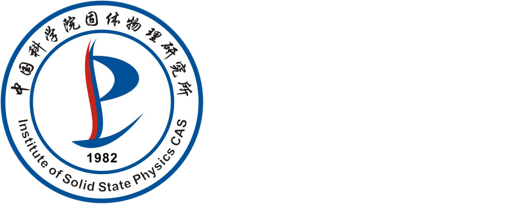Research
High-Efficiency Sb2S3 Solar Cells Developed with 3D Interface Hetero-Induction Strategy
| By
Recently, the research team led by Professor WANG Mingtai and Professor CHEN Chong from the Institute of Solid State Physics, Hefei Institutes of Physical Science of the Chinese Academy of Sciences, introduced a new strategy for enhancing the performance of Sb2S3solar cells.
Their work, published in Advanced Functional Materials, achieved a record-breaking 8.06% power conversion efficiency for Sb2S3-based solar cells.
The main challenge for large-scale solar cell applications is the lack of cost-effective, high-efficiency, and stable systems. Although Sb2S3 solar cells are non-toxic and stable, their power conversion efficiency has stalled at 6%-7%. This limitation is due to difficulties in controlling crystal orientation during Sb2S3 growth, which affects charge transport efficiency.
To address this problem, the researchers proposed an innovative three-dimensional distributed interface hetero-induced crystallization strategy. By depositing PbSe nanoparticle films onto three-dimensional electron transport material (ETM) channels, they successfully induced [hk1]-oriented crystallization in Sb2S3 films. This strategy not only improved the crystallization process but also facilitated bidirectional passivation of the ETM/Sb2S3 interface defects and optimized the energy-band structure. As a result, the researchers achieved an impressive 8.06% power conversion efficiency in Sb2S3bulk-heterojunction solar cells.
The study offers innovative insights into multiple domains including Sb2S3 device architecture design, crystallization kinetics modulation, surface/interface photoelectric performance engineering, and interfacial material selection.

Schematic diagrams of the Sb2S3 solar cell structure, photovoltaic performance, and its crystallization optimization, defect passivation, and energy-band adjustment. (Image by WANG Yang)
- Attachments Download:
-
contact
Prof. WANG Mingtai
E-mail: mtwang@ipp.ac.cn


